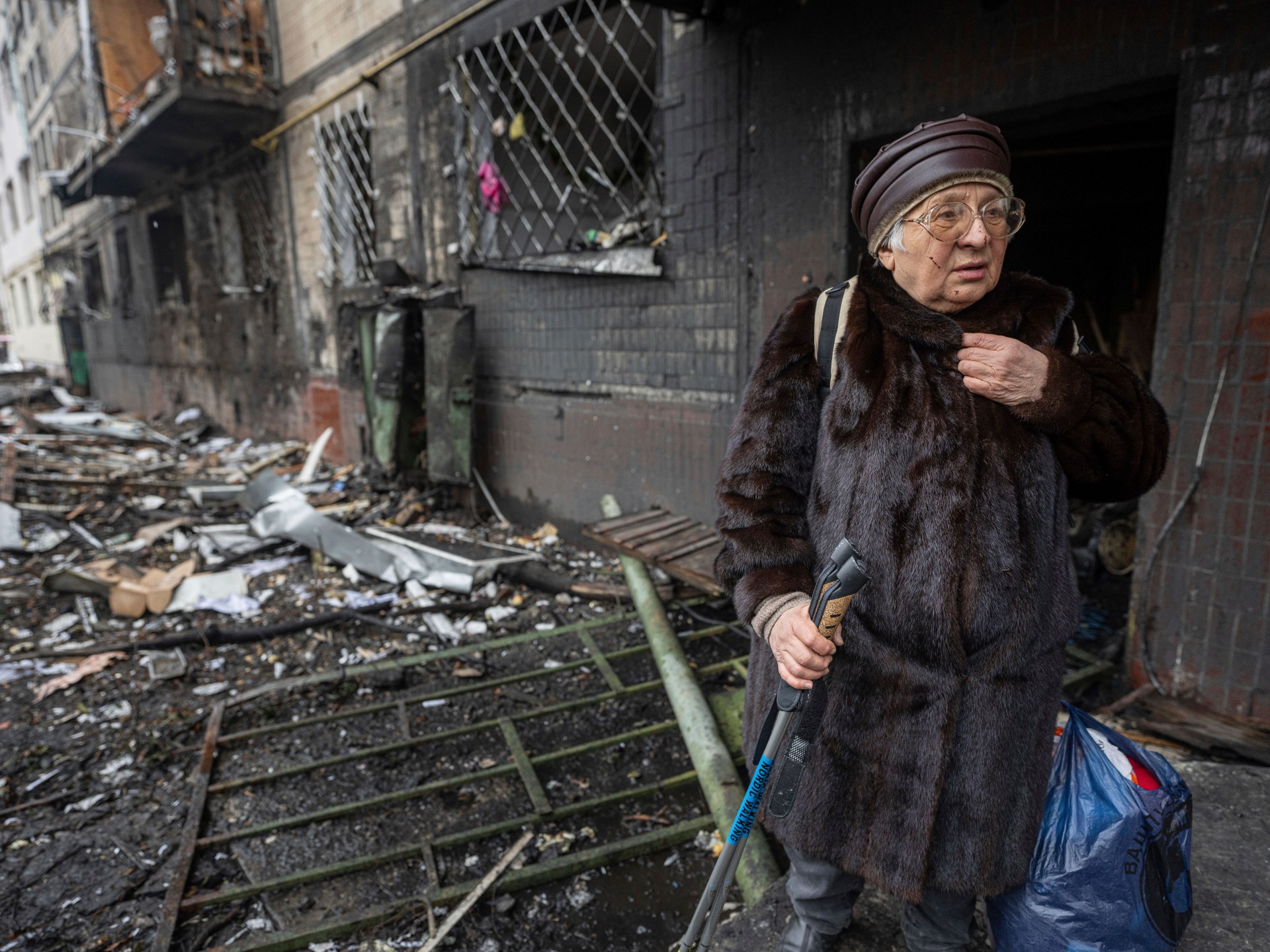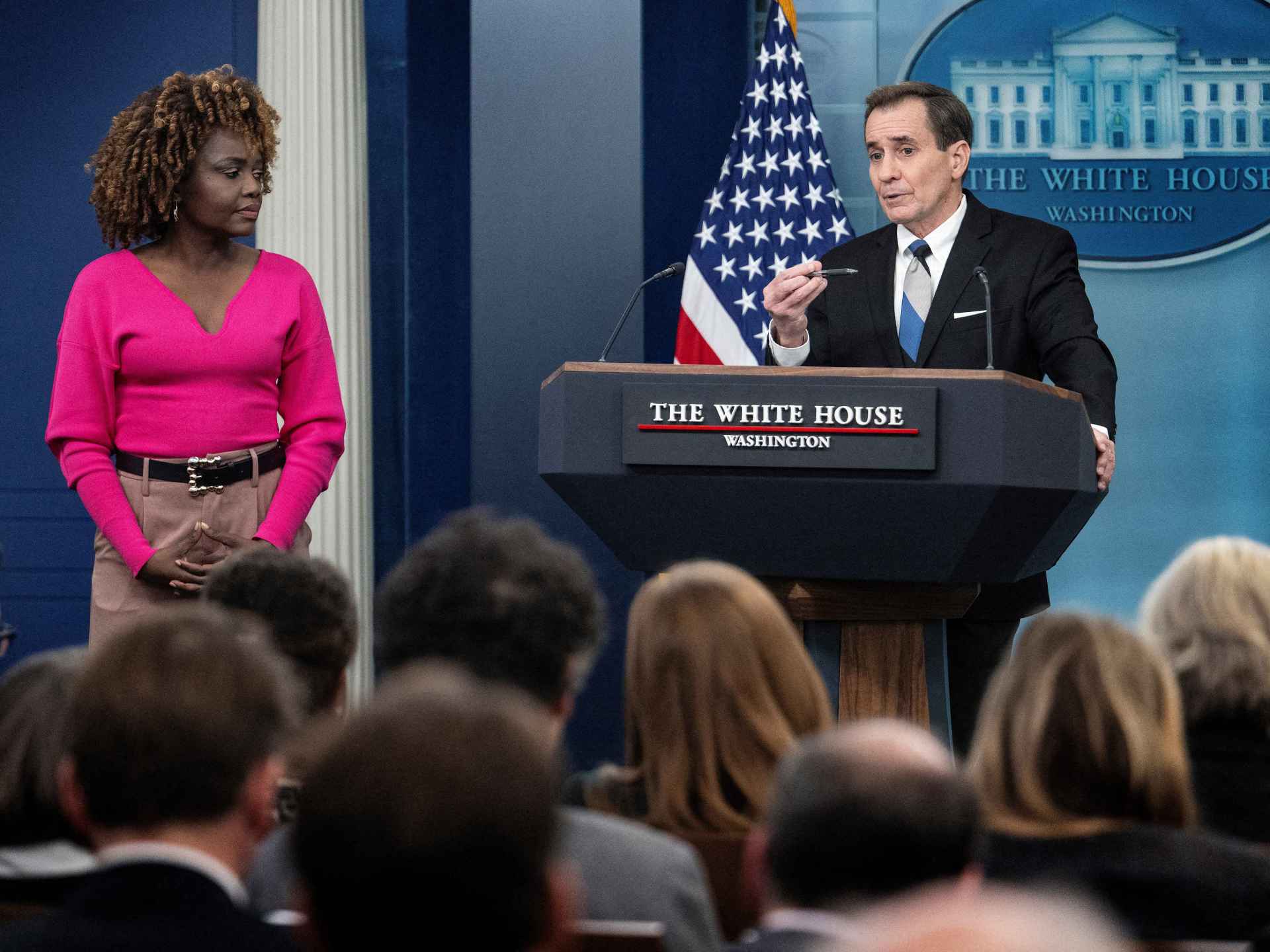
The Food and Drug Administration approval on Friday The development of two groundbreaking gene therapy treatments for sickle cell anemia has brought a rare moment of hope and celebration to people with the agonizing blood disorder.
But there is no clear path for the new Therapies – one-off treatments that were so effective in clinical trials that they were hailed as cures – to reach the countries where the vast majority of people with sickle cell disease live. Shortly after approval, their manufacturers announced sticker prices in the millions: $3.1 million for Lyfgenia, manufactured by Bluebird Bio, and $2.2 million for Casgevy, manufactured by Vertex Pharmaceuticals.
Lyfgenia is launching in the United States. Vertex was Prioritize consent in six wealthy countries – the United States, Italy, Britain, France, Germany and Saudi Arabia – that, for an estimateThey are home to 2 percent of the global sickle cell population.
Three quarters of sickle cell patients worldwide live in sub-Saharan Africa. Several million of them are thought to be sick enough to qualify for the new treatments, compared with about 20,000 in the United States.
Many African patients have been closely following news online about the treatments’ success in clinical trials. In Tanzania, information about Casgevy spread a few months ago through a WhatsApp group set up by Shani Mgaraganza for mothers of children with sickle cell disease. Her son Ramadhani (12) and daughter Nasra (10) suffer from the hereditary disease, which causes stabbing pain and damages their organs. She said the therapy sounded like a miracle.
“Everyone said, ‘Thank God, our kids are going to be OK,'” she said.
Then the mothers found out how much it would probably cost. “It would be billions of Tanzanian shillings,” Ms Mgaraganza said. “Nobody can afford that. It was demoralizing.”
The question of access is top of mind for Jennifer Doudna, a scientist at the University of California, Berkeley shared a Nobel Prize in Chemistry for pioneering the gene editing method CRISPR, which is the basis for Casgevy. “Today it will not be widely available,” she said. “Now that we have this approval, we really need to figure out how to open it up to more people.”
Two key factors make it inaccessible to patients in Africa.
First, the price: the treatments are far too expensive for governments, which are struggling to pay for basic health care. In some cases, significant additional costs may apply, such as when a patient requires a lengthy hospital stay for gene therapy.
The second obstacle is the medical infrastructure: carrying out the treatment is a months-long process in medical centers that can carry out stem cell transplants. Patients must have their cells removed and flown to a laboratory for manufacturing, undergo grueling chemotherapy, and endure a long hospital stay.
“A drug as resource-intensive as this may not be suitable in many places where health care resources are more limited,” said Dr. David Altshuler, Chief Scientific Officer of Vertex.
He said the company is working to develop cheaper and simpler approaches to treating sickle cell patients around the world, including a simple pill that has not yet been tested in humans. “It’s a long time coming and I feel like we’re at the beginning of the next phase,” he said.
A spokeswoman for Bluebird Bio, Jess Rowlands, said it was “the unfortunate reality” that the infrastructure required for such gene therapies “does not exist in much of the world”. Bluebird will “continue to invest in approaches that could support global access in the future,” she said.
New drugs often come to market in wealthy countries years before they arrive in poorer parts of the world. The disparities have widened in recent years as a wave of cutting-edge therapies at eye-popping prices has transformed the lives of patients in wealthy countries. Vertex in particular has been criticized for sticking with its breakthrough cystic fibrosis drugs out of range of thousands of patients in lower-income countries.
Manufacturers charge high prices even when it is clear that lower-income countries cannot afford to pay those costs to protect their ability to charge higher prices in countries like the United States and Europe.
Dr. Obiageli Nnodu, head of a sickle cell anemia program at the University of Abuja in Nigeria, spoke to some of her patients about the new gene therapy. It’s a source of joy, she said, “but it’s just a stone’s throw away.”
The mutation that causes sickle cell anemia is believed to have arisen 7,000 years ago in West Africa. (Globally, most people with the disease are of African descent.) It was most common in places where malaria was endemic because a single copy of the gene protects against infection with malaria. But two copies of the gene cause red blood cells to deform into a sickle shape, which can clog blood vessels, leading to excruciating pain, strokes and other life-shortening problems.
Casgevy alters patients’ DNA to address the underlying cause of their disease. In a clinical study, pain crises were eliminated 29 of 31 patients with sickle cell.
Questions about access also extend to the United States, where many people with the disease are poor and live in states that have not expanded their Medicaid programs.
Those who can get Casgevy in the United States and other high-income countries will go to medical centers accredited to perform stem cell transplants. Almost 200 Clinical programs in eight countries — the vast majority in the United States and none in Africa — have received this seal of approval from the Foundation for the Accreditation of Cellular Therapy, a U.S.-based group that reviews hospitals.
Patient cells collected at these hospitals are flown to a manufacturing facility in the United States or Europe. There, scientists will use the CRISPR-Cas9 gene editing system to switch off a key gene. This is the first approved therapy to use CRISPR.
This complex and expensive process is a far cry from the care available to most African sickle cell patients today.
Few African countries even have routine screening of newborns for sickle cell anemia, which is standard practice in wealthy countries. Without a diagnosis, these children miss out on important treatment with penicillin, which can prevent the pneumonia that often kills sickle cell anemia patients as babies. In Nigeria, It is estimated that up to half of children with sickle cell disease die before her fifth birthday.
Additionally, many don’t have access to a drug called hydroxyurea, which keeps red blood cells round and relieves severe pain. This drug costs about $7 per patient per month in Nigeria, which is still unaffordable for many families, Dr. Nnodu. Many of her patients have difficulty affording even basic pain medications such as folic acid and analgesics, she said.
Until new gene therapies, the only cure for sickle cell disease was a bone marrow transplant, in which patients have their stem cells removed and replaced with healthy cells from a donor who does not have sickle cell disease. The procedure is reserved only for the most serious cases as it does not always work and is risky; it kills 5 to 20 percent of those who go through it, depending on their age.
Several medical centers in sub-Saharan Africa have recently begun performing bone marrow transplants for sickle cell patients, but only a handful of wealthy African patients can afford them.
In Dodoma, Tanzania’s capital, Benjamin Mkapa Hospital has performed five transplants so far, with the government footing the bill of about $50,000 per patient. Dr. Stella Malangahe, a hematologist there, said her patients often asked her when the hospital would start offering gene therapy. She has no answer.
A small but growing number of African patients are traveling to India for bone marrow transplants, where they are cheaper and hospitals have more experience with them. According to Dr. Vikas Dua, head of pediatric hematology, Fortis Memorial Research Institute in Gurugram, on the outskirts of New Delhi, has performed such transplants on nearly 100 African sickle cell patients.
Ms. Mgaraganza, the Tanzanian mother who works in a bank in Dar es Salaam, temporarily moved to India with her family in September so that her two children could receive transplants. She donated her healthy stem cells, and the children underwent chemotherapy and had the new cells infused. The final bill for two transplants could be $80,000 – and she’s still trying to figure out how to get the money.
The children struggle with the side effects of the transplant medications. Ms Mgaraganza would have preferred they had received gene therapy, which she learned about by watching YouTube videos. But her children couldn’t wait for someone to find a way to bring it to Africa, she said.
Nkem Azinge, a government project manager in Abuja, Nigeria, has saved money to finance a bone marrow transplant in India. At 34, she knows that she is just a decade away from the average life expectancy of a Nigerian sickle cell patient and that every pain crisis she experiences further damages her organs. Now she is considering whether to put her India plan on hold and instead try to find a way to carry out gene therapy abroad.
“If I had the chance, I would do it because I live with unimaginable pain,” she said.
Beyond industry, other research groups including the National Institutes of Health and Dr. Doudna’s The Innovative Genomics Institute at Berkeley is developing techniques that would make gene therapy for sickle cell disease cheaper and easier to perform. However, experts warn that the effectiveness of these approaches has not yet been proven and that it will take many years.
The number of patients with sickle cell anemia in Africa will continue to grow as screening and access to essential interventions increase and fewer children die in infancy. This increases the likelihood that two people with the genetic trait sickle cell anemia will have a child who could suffer from the inherited disease.
Dr. Léon Tshilolo treats patients with sickle cell anemia at a hospital in Kinshasa, the capital of the Democratic Republic of Congo. Some struggle to come up with even $7 each month for basic medications; two traveled abroad for bone marrow transplants. They are increasingly working on gene therapies.
“My young patients, adolescents, they have the Internet,” he said, “and they say, ‘Doctor, I’ve seen that some people who suffer from this are completely cured – when is that coming to Kinshasa?'”






Recent Comments